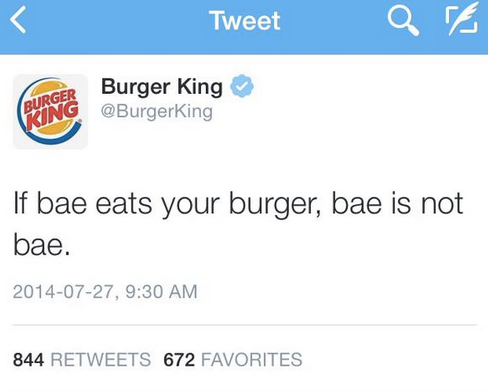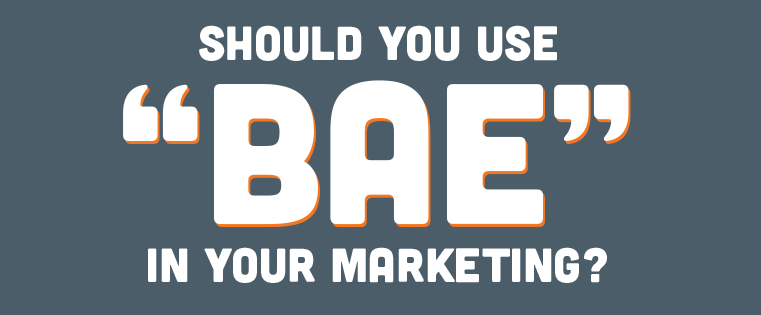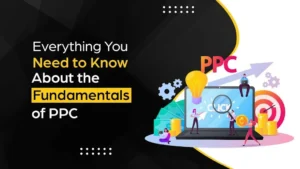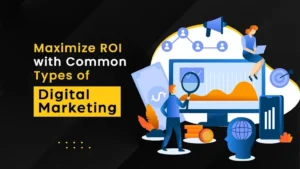Every year, hundreds of new words and phrases that come from internet slang are included in the dictionary. Some of them are abbreviations, like QAP (Quick As Possible) and YOLO (You Only Live Once). Others are words that have been modified into more parts of speech than originally intended — like when “social network” became a verb (“social networking”). Later we had “cyberbullying,” “selfie,” “crowdfunding” emerging in the digital space.
Admit it— we all use slang some way or the other. Use them to text friends, or as captions on Instagram or Facebook. We even send our friends certain slang combinations that have a new meaning for us. The whole digital space is flooded with modern words and phrases.
But someone who does content creation, I often wonder that slang can have a bigger purpose to work for. It seems that digital slang in narratives and conversations can pay off if used on the right social channels, in the right way. There is a vast potential for advertisers to move beyond cliched jargons and straplines.
Here are some key considerations, as you decide, whether or not using slang is right for your brand.
Check with your brand first

There’s a very simple logic behind using slang. If you don’t sell to young population, don’t act like one. Mirroring the glossary of a particular group allows members to feel a sense of belonging and can relate to. When it comes to using slang, make sure you’re acting like your brand, not like yourself. For instance, Taco Bell with a decidedly youthful bent can use the word “bae” to score easy points with a particular demographic. Grown-ups may laugh at it, but it works with their persona. But if you’re Samsung, or any other brand not just focussing on teenagers, it just comes off as a bit desperate.
Keep the dose low

Burger king tried acting sassy and slangy with their tweets, but the slang overload seemed to fade fast.
Using slang sparingly and in small doses can help get your message across, no matter what sort of brand you are. For example, a guy with sport shoes trekking on spine chilling snow clad mountains in Himalaya with caption ‘YOLO’ doesn’t compromise your brand identity, and places the product seamlessly.
So, the key to successful use of slang is to keep things relevant. You shouldn’t add in these trendy stuff just to connect with Millennials. If slang can help you get your message across, then feel free to use them. However, excessive use of these modern elements can be a perfect recipe for disaster. No one likes a brand that’s trying too hard.
Incorporate slang into social media
There are approximately 75.4 million millennials in the world alone, and you bet they’re dominating social media demographics. If this is your target audience, then this is where infusing some social media slang can give your content strategy an edge. Take McDonald’s for example, it’s “Breakfast All Day” campaign features people tweeting millennial slang. Here, McDonald’s goes for the highly coveted millennial market and knocks it out of the park.
In fact, marketing giants like Hubspot couldn’t resist themselves from mentioning the importance of ‘Bae’ in social media marketing.

Slang delivers a brand’s message in a more conversational tone and is well-suited for social media. But brands must keep in mind that what works for social media doesn’t always translate well to other platforms (e.g. print).
Boost your PPC with slang
Slang can be a new source for keywords for pay-per-click campaign. Yes, you heard it right. Depending on the slang you use, it can alter your keyword optimization. But be cautious while adding slang in your PPC ad. Depending on your needs and budget, you may need to employ exact or broad match, long-tail, or even negative keywords. And if your slang term is location-based, you may also need to employ geo targeting. Slang can be great for your PPC so long as you optimize to your advantage.
Consider slang’s shelf-life

Using an outdated slang can be a little obnoxious. Once lingo is heard constantly, it’s no longer unique and loses its allure. As you may recall, before bae, there was boo. In the early 2000s, boo was everywhere: on television and accessories, and in songs. But with time, boo became a distant memory. Try using boo now, and you’ll probably get the side-eye.
Brands must walk a fine line between being hip and “the aunt who’s trying too hard to be cool.”
If slang works for your intended audience, be sure to hit while the iron is hot. Otherwise, refrain from using slang terms that will only get one response for you — LOL.


